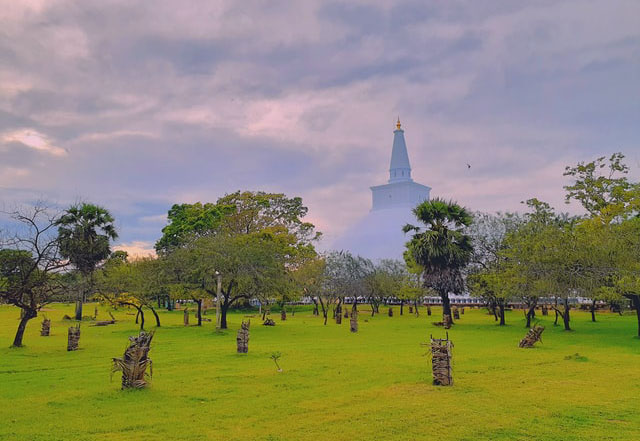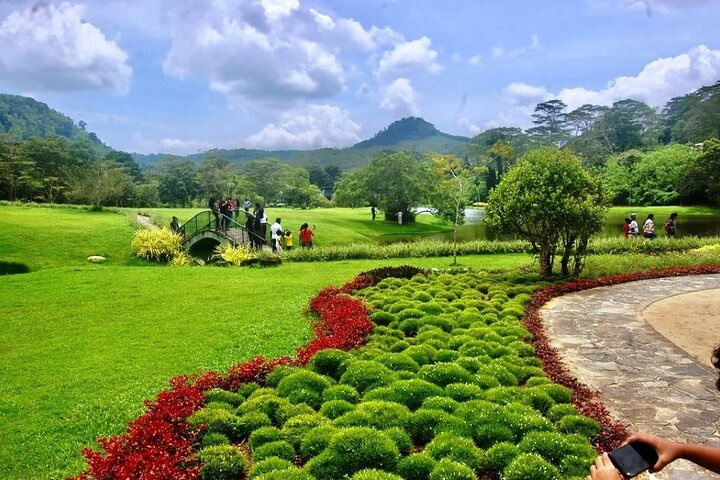Sri Lanka abounds with cities that serve as living testaments to its rich cultural tapestry and storied history. Among these, Kandy stands out as the cultural capital, where the revered Temple of the Tooth Relic draws pilgrims and visitors alike, especially during the vibrant Esala Perahera festival. Anuradhapura, one of the oldest continuously inhabited cities globally, boasts sprawling archaeological sites, including towering stupas and sacred Bodhi trees, offering insights into ancient Sri Lankan civilizations. Polonnaruwa, another former capital, mesmerizes with its well-preserved ruins and monuments from the medieval period, while Galle enchants with its colonial charm, featuring a meticulously preserved Dutch fort and bustling streets. Finally, Dambulla captivates with its magnificent cave temple complex, adorned with ancient Buddha statues and intricate wall paintings, providing a glimpse into the island’s rich cultural heritage. Together, these cities offer a captivating journey through Sri Lanka’s vibrant past and enduring traditions.

Nestled amidst misty hills, Kandy boasts the revered Temple of the Tooth Relic, a UNESCO World Heritage Site, housing the sacred tooth relic of the Buddha. The city comes alive during the annual Esala Perahera festival, where vibrant processions of elephants and traditional dancers parade through the streets in homage to the relic. Explore lush botanical gardens, like the Royal Botanical Gardens at Peradeniya, and delve into Kandy’s royal past at the Royal Palace and National Museum.

Anuradhapura, one of the oldest continuously inhabited cities globally, is steeped in history as the ancient capital of Sri Lanka. Its sprawling archaeological complex showcases towering dagobas, including the Ruwanwelisaya and Jetavanarama stupas, alongside sacred sites like the Bodhi Tree, revered by Buddhists. Delve into the city’s artistic heritage through intricately carved stone sculptures and moonstones adorning its temples and monasteries.
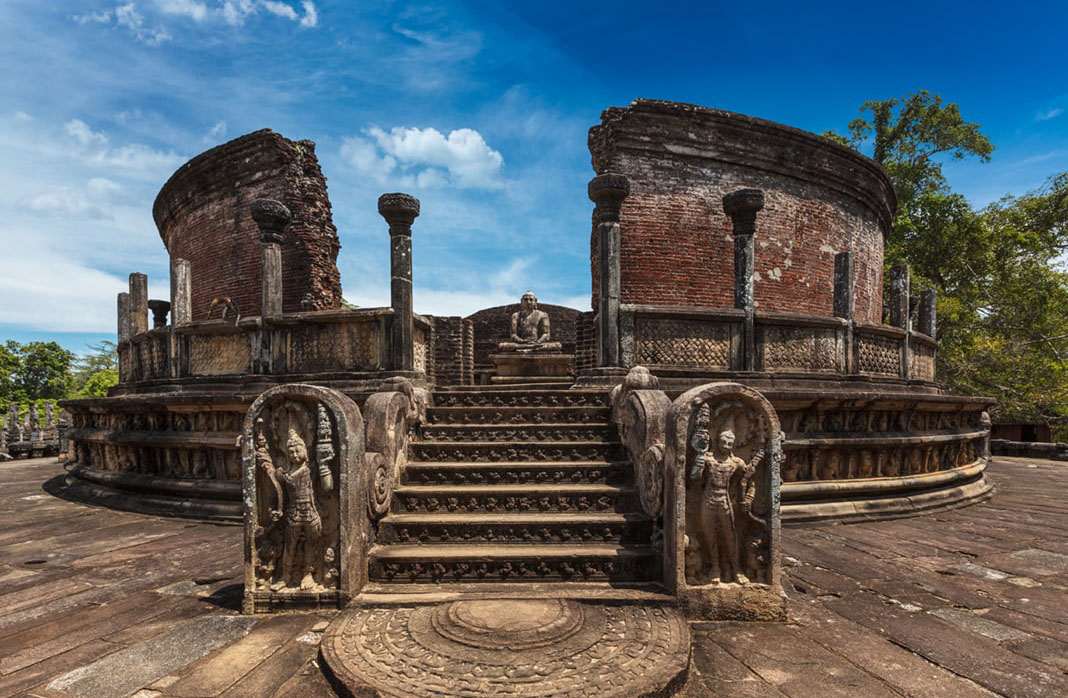
As the medieval capital of Sri Lanka, Polonnaruwa offers a glimpse into the island’s storied past through its well-preserved ruins and monuments. Explore the Quadrangle, featuring the Vatadage and other sacred buildings, and marvel at the Gal Vihara’s colossal rock-cut Buddha statues. Rich in history and architectural splendor, Polonnaruwa is a treasure trove for history buffs and enthusiasts of ancient civilizations.

Perched atop a towering granite outcrop, Dambulla is home to the awe-inspiring Dambulla Cave Temple complex, showcasing over 150 exquisite Buddha statues and ancient wall paintings. Wander through the caverns adorned with intricate artwork depicting scenes from the life of the Buddha and celestial beings. Surrounded by picturesque landscapes, Dambulla offers a unique blend of cultural heritage and natural beauty, with nearby attractions like the Sigiriya Rock Fortress adding to its allure.
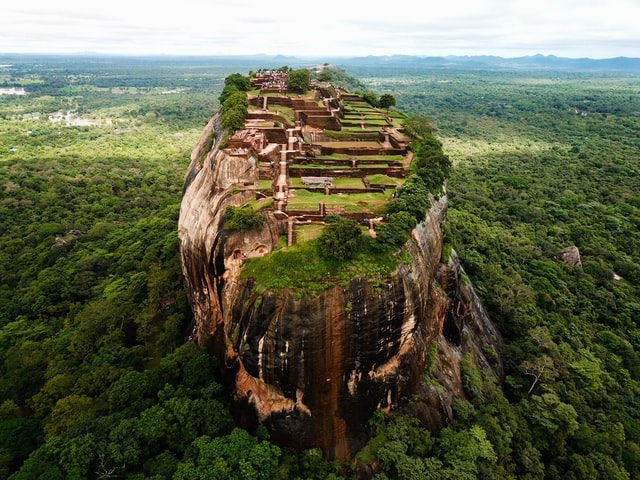
Sigiriya, also known as Lion Rock, is an ancient rock fortress and UNESCO World Heritage Site located in the central Matale District of Sri Lanka. Rising dramatically from the surrounding jungle, Sigiriya is renowned for its remarkable archaeological significance and breathtaking natural beauty. The fortress complex includes remnants of an extensive network of gardens, reservoirs, and defensive structures, as well as stunning frescoes and the iconic Lion Gate entrance. Climbing to the summit of Sigiriya offers panoramic views of the surrounding countryside and provides insight into the engineering marvels and artistic achievements of Sri Lanka’s ancient civilizations.
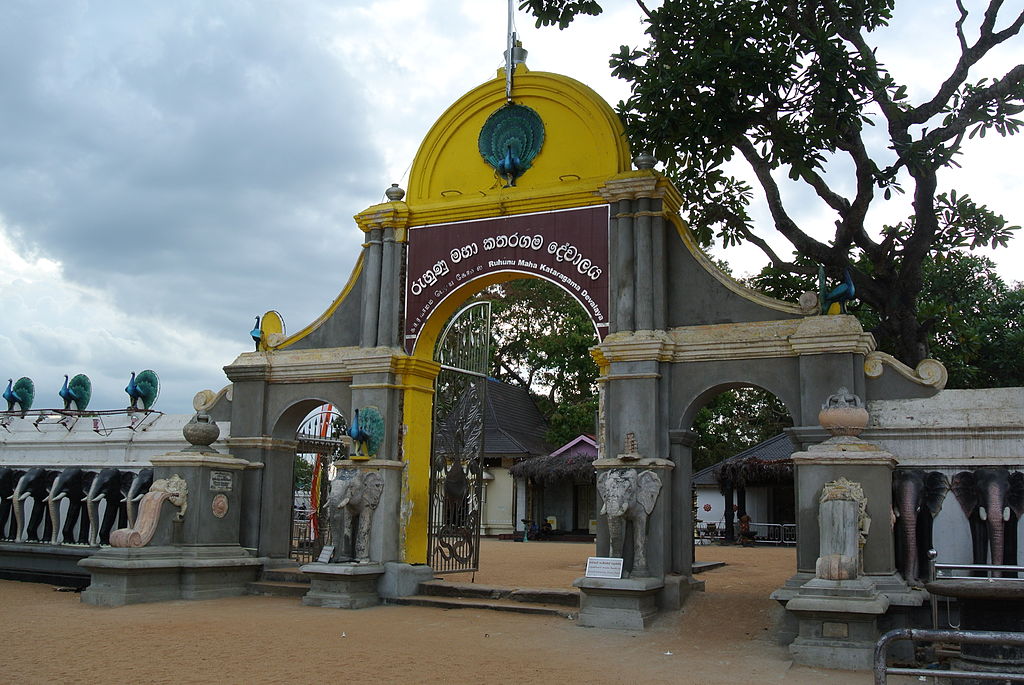
Kataragama is a sacred pilgrimage site located in the southeastern region of Sri Lanka, revered by Buddhists, Hindus, Muslims, and indigenous Vedda communities alike. The city is home to the historic Kataragama Temple complex, dedicated to the deity Skanda, also known as Kataragama Deviyo or Murugan. Pilgrims flock to Kataragama throughout the year to seek blessings, fulfill vows, and participate in religious rituals and ceremonies. The temple complex features shrines, prayer halls, and ceremonial spaces, where devotees offer prayers, light oil lamps, and make offerings to the deity. Additionally, Kataragama is renowned for its vibrant religious festivals, including the annual Kataragama Esala Perahera, a colorful procession featuring elaborate costumes, traditional music, and ceremonial elephants, which draws thousands of pilgrims and spectators from across the island.
